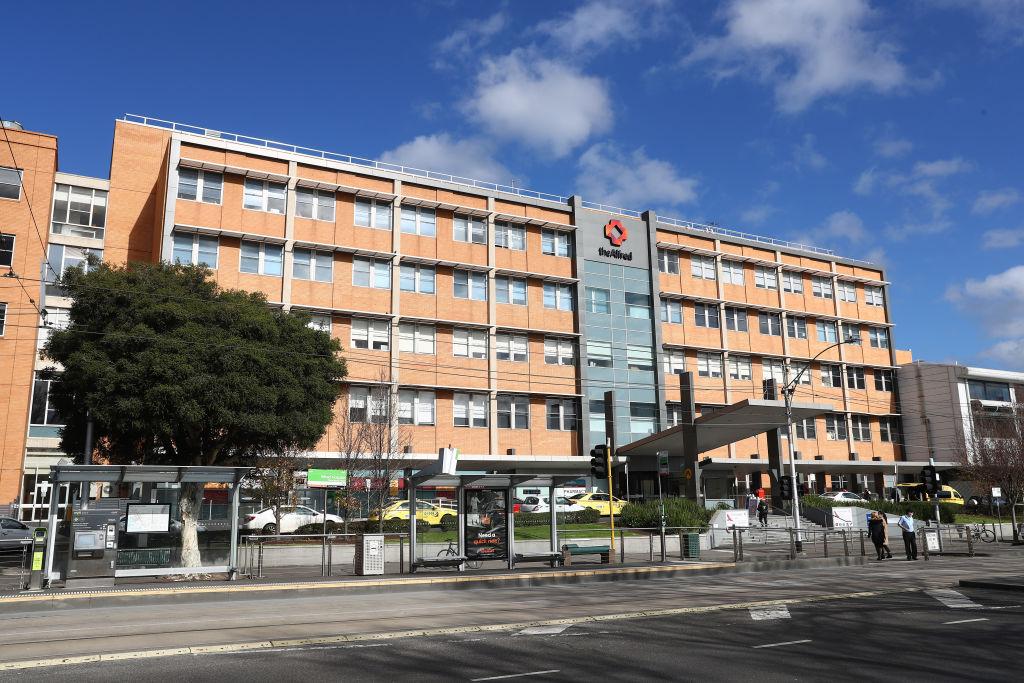The Victorian government has announced that it will spend $1.5 billion (US$1.12 billion) to reduce the state’s elective surgery waitlist backlog via a catch-up scheme expected to raise surgical capacity by 25 percent.
The COVID Catch-Up Plan, which is designed to increase surgical activity across the state to 125 percent of the pre-pandemic level by 2023, will drive up the total number of surgeries to 240,000 per year in 2024.





